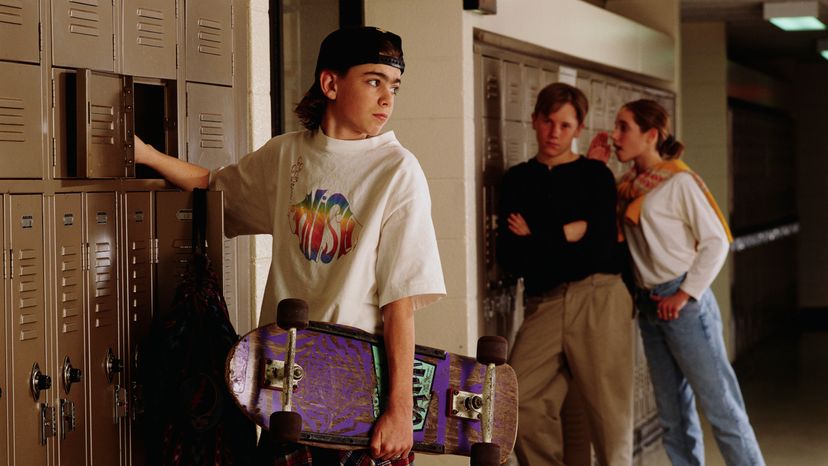The 90s grunge music scene was a counter to the 80s and its overproduced music defined by heavy use of synthesizers and digital production tools. Grunge music also represented a counter to 80s glam culture, which often involved hours of prep work, makeup, perms, and spandex. Music needed a reset, a return to a focus on instruments and musicians in their raw form without fancy technological enhancements. Grunge’s unique sound was characterized by “dirty” guitar, sharp riffs, and heavy drumming. The “dirty” sound featured by many bands of the era results primarily from the everyday use of heavy guitar distortion, fuzz, and feedback.
Seattle was a hotbed for grunge and is widely credited for producing some of the greatest bands of the era, including Nirvana, Pearl Jam, Soundgarden, and Alice In Chains. Grunge bands were trendy throughout the decade, and its culture and style permeated pop culture. The well-kempt, glam style of the 80s made way for the 90s counter-culture look that ditched brand names, logos, and any overt signs of wealth. While grunge’s wave of popularity did last through the early 90s, by the time the mid-90s were coming around, the movement declined. Many of the era’s most prominent acts broke up due to disputes between band members, drug addictions, and in the tragic case of Nirvana’s Kurt Cobain, suicide. Additionally, bands often became disgruntled at their sudden fame and started to resent it. Grunge did leave an impact and inspired other groups such as the Foo-Fighters and Green Day that saw success through the late 90s and 2000s.
Source: AP Photo/Robert Sorbo, File
